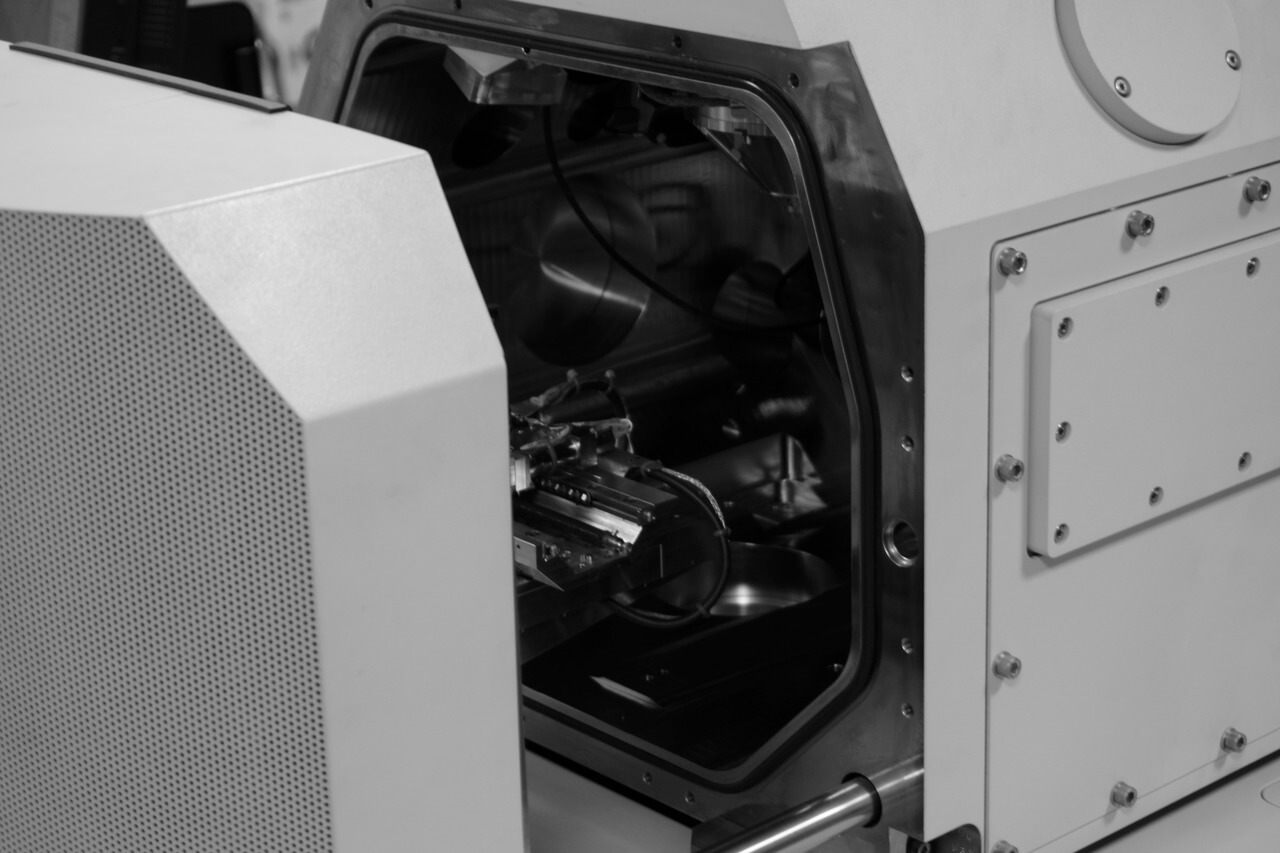Nanotechnology — the manipulation of matter on an atomic and molecular scale — has revolutionized various industries, bringing forth innovations that once belonged to the realm of science fiction.
Explore how these microscopic marvels and nanotechnology examples have been integrated into everyday life, enhancing products and processes in ways previously unimaginable.
- Medicine: Precision at the Nanoscale
Imagine a world where treatments are so precise that they target only diseased cells, leaving healthy ones untouched. Nanotechnology has made this a reality through advancements in drug delivery systems. Nanoparticles can be engineered to carry therapeutic agents directly to specific cells, improving the efficacy of treatments and reducing side effects.
For instance, researchers have developed nanocarriers that deliver chemotherapy drugs directly to cancer cells, minimizing damage to surrounding healthy tissue. Beyond drug delivery, nanotechnology has paved the way for innovative diagnostic tools.
Nanobiosensors, capable of detecting minute concentrations of biomarkers, enable early diagnosis of diseases such as Parkinson’s and Alzheimer’s. These sensors offer higher sensitivity and specificity than traditional methods, facilitating prompt and accurate medical interventions.
- Electronics: The Quest for Miniaturization
Nanotechnology has significantly propelled the relentless pursuit of smaller, faster and more efficient electronic devices. At the heart of this revolution are carbon nanotubes and quantum dots — materials with exceptional electrical properties.
Carbon nanotubes, for example, have been utilized to create transistors that are mere nanometers in size, pushing the boundaries of Moore’s Law and enabling the development of ultra-compact and high-performance electronics.
Moreover, nanotechnology has facilitated the creation of flexible and wearable electronics. Incorporating nanoscale materials into fabrics has helped researchers develop clothing that can monitor vital signs, charge electronic devices or even display information, seamlessly integrating technology into our daily attire.
- Energy: Enhancing Efficiency and Sustainability
Addressing the global demand for clean and efficient energy, nanotechnology has introduced solutions that enhance energy production and storage.
In solar energy, for instance, nanostructured materials have been employed to develop photovoltaic cells with higher efficiency rates. These materials can absorb a broader spectrum of sunlight, converting more light into electricity and making solar power a more viable alternative to fossil fuels.
In energy storage, nanotechnology has led to the development of batteries with increased capacity and faster charging times. Nanomaterials such as silicon nanowires have created anodes that hold more lithium ions, resulting in batteries that last longer and charge more quickly — an advancement crucial for the widespread adoption of electric vehicles.
- Environment: Nanoscale Solutions for a Cleaner Planet
Nanotechnology offers innovative approaches to environmental challenges, particularly in water purification and air quality improvement.
Nanofiltration systems, utilizing membranes with nanopores, can effectively remove contaminants, heavy metals and pathogens from water sources, providing access to clean drinking water in areas lacking adequate sanitation infrastructure.
Additionally, nanocatalysts have been developed to enhance the efficiency of chemical reactions, reducing the production of harmful byproducts and lowering energy consumption in industrial processes. These catalysts can break down pollutants in emissions, contributing to cleaner air and a reduction in environmental pollution.
- Food Industry: From Farm to Table
Nanotechnology has permeated the food industry, offering solutions that improve food safety, quality and shelf life.
Nanocomposites are used in packaging materials to create barriers against oxygen and moisture, preserving the freshness of food products for extended periods. This innovation reduces food waste and ensures that consumers receive products in optimal condition.
Furthermore, nano biosensors can detect the presence of pathogens or contaminants in food items, providing real-time monitoring and ensuring that safety standards are met. This technology enhances the ability to trace and address foodborne illnesses, protecting public health.
- Consumer Products: Everyday Items With Nanoscale Enhancements
Nanotechnology has found its way into numerous consumer products, enhancing their performance and durability.
For instance, nano-engineered materials are used in household items such as stain-resistant fabrics, scratch-resistant coatings for eyeglasses and anti-bacterial cleansers. These applications improve the functionality and longevity of everyday products, adding convenience and value to consumers’ lives.
In personal care, nanoparticles are incorporated into sunscreens to provide transparent UV protection, avoiding the white residue associated with traditional formulations. Similarly, nanotechnology is employed in cosmetics to enhance the delivery of active ingredients, improving efficacy and user experience.
- Construction: Building With Nanomaterials
The construction industry has embraced nanotechnology to develop stronger, lighter and more durable materials.
For example, adding nanoparticles to concrete can increase its strength and durability, leading to longer-lasting structures. Nanocoatings are applied to glass surfaces to make them self-cleaning or to provide insulation, enhancing energy efficiency in buildings.
Moreover, nanotechnology has enabled the development of smart materials that can respond to environmental changes. These materials can adjust their properties in response to temperature, light or pressure, contributing to the creation of adaptive and sustainable building designs.
- Textiles: Smart and Functional Fabrics
Nanotechnology has revolutionized the textile industry by introducing fabrics with enhanced properties. Nanofibers can be engineered to provide increased strength, durability, and resistance to water and stains. Additionally, nanoparticles are used to create fabrics with antimicrobial properties, reducing odors and the spread of bacteria.
Innovations in nanotechnology have also led to the development of smart textiles that can monitor physiological parameters, such as heart rate and body temperature. These fabrics have applications in health care, sports and fitness, enabling real-time monitoring and improving performance and safety.
Imagine wearing workout clothes that track your progress or medical garments that alert caregivers to potential health issues — this is the future nanotechnology makes possible.
- Aerospace: Taking Nanotechnology to New Heights
In aerospace, every gram matters. Nanotechnology has been a game-changer in that it creates lightweight, high-strength materials that are essential for aircraft and spacecraft. Carbon nanotubes and nanocomposites reduce weight while maintaining structural integrity, improving fuel efficiency and payload capacity.
Furthermore, nanosensors are employed in aerospace applications to monitor the health of aircraft components in real time. These sensors detect microscopic cracks or stress points before they become critical, ensuring safety and reducing maintenance costs.
- Space Exploration: Surviving the Final Frontier
Nanotechnology plays a vital role in overcoming the challenges of space exploration. Nanoscale materials are used to develop advanced shielding against radiation, a significant concern for astronauts traveling beyond Earth’s atmosphere.
Additionally, nanotechnology has been integral in developing efficient energy storage systems and water filtration devices crucial for long-duration space missions. These innovations will be indispensable for human survival and exploration.
Small Science, Big Impact
Nanotechnology proves that big things truly come in small packages. From health care to consumer products, this cutting-edge field has reshaped industries and improved lives. Whether you’re marveling at stain-resistant fabrics or envisioning cancer treatments with pinpoint precision, the applications of nanotechnology are as diverse as they are awe-inspiring.
Now is the perfect time to explore this fascinating world further. Stay curious, keep learning and witness how nanotechnology continues to shape the future — one atom at a time.
Recent Stories
Follow Us On
Get the latest tech stories and news in seconds!
Sign up for our newsletter below to receive updates about technology trends




